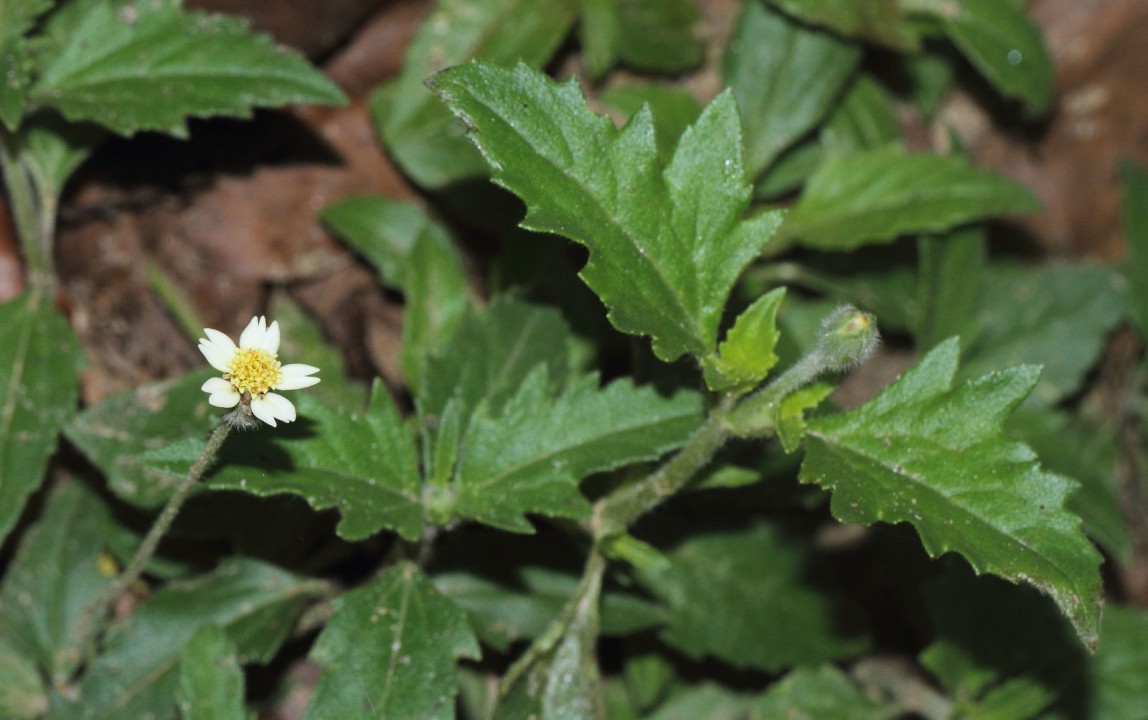
Antimicrobial activities of Tridax Procumbens (Tridax Daisy)
Author: Mr. Utkalendu Suvendusekhar Samantaray
Department Of Biotechnology, MITS SCHOOL OF BIOTECHNOLOGY, Bhubaneswar, Odisha-751024
Tridax procumbens, commonly known as coat-buttons, is a type of flowering plant belongs to the family Asteraceae of the plant kingdom, which is also known for its mythological beliefs as folk medicines, generally used to treat wound healing and sometimes act as anti-coagulants as well as an insect repellent. Bisalya Karani (Tridax Procumbens) has come into limelight from the legendary mythological saga Ramayana when a royal Srilankan physician Sushena prescribed this plant extract for wound healing of arrow to treat Laxman. These plants are most widespread in the tropical Americas; however, it is acquainted with tropical, subtropical areas all around the world.
The flowers of these plants contain yellow- centers white with three toothed beam florets, while the leaves are toothed and arrowhead-shaped. The fruits of these plants are covered with stiff hairs and having a feathery plume-like white pappus towards one side. The Calyx is modified into pappus. The achene like fruits of these plants can catch the wind in its pappus and can be carried some distance. These plants are broadly available at fields, meadows, croplands, gardens, roadsides, etc with the tropical or semi-tropical atmosphere. The Federal Noxious weed act has been implemented to list this plant as a noxious weed in the United States of America. In the history of Ayurveda, these plant parts are used to treat liver disorders, hepatoprotection, gastritis and heartburn (Wani et al., 2010).
In India, people use this plant for the treatment of boils, blisters, and cuts by local healers ( Nallella et al., 2013). The effective chemical components like flavonoid procumbenetin, pentacyclic triterpenes (Gamboa, 2014; Petchi et al., 2013), fatty acids (Ali et al., 2001), and polysaccharides (Pathak et al., 1991) have been separated from the elevated parts of Tridax procumbens.